Itō Shinsui: A master of beauty and tranquility
Itō Shinsui (1898–1972) was central figure in the Shin Hanga movement, renowned for his refined depictions of Japanese women (bijin-ga) and serene landscapes. His work is characterized by a blend of traditional Japanese aesthetics with modern influences, marked by graceful lines, subtle colors, and a delicate portrayal of beauty. Trained under Kaburagi Kiyokata, Shinsui mastered the art of capturing the timeless elegance of Japanese life, producing prints that are known for their craftsmanship and quiet sophistication. His dedication to preserving and evolving Japanese art left a lasting legacy in the Shin Hanga movement.
 Summer Flowers, from the series 100 figures of beauties wearing Takasago kimonos, Itō Shinsui, 1931. Source: ukiyo-e.orgꜛ
Summer Flowers, from the series 100 figures of beauties wearing Takasago kimonos, Itō Shinsui, 1931. Source: ukiyo-e.orgꜛ
Biography
Itō Shinsui (伊東 深水) was born as Itō Hajime on February 4, 1898, in Tokyo, Japan. Shinsui grew up in a time of significant social and cultural change in Japan, as the country continued its rapid modernization during the Meiji and Taishō periods. His early life was marked by financial hardship, which forced him to leave school at a young age. However, his natural talent for art was evident, and he began working as a printer’s apprentice when he was just 12 years old. This experience laid the foundation for his future career in woodblock printing.

Itō Shinsui circa 1954. Source: Wikimedia Commonsꜛ (license: public domain)
At the age of 13, Shinsui became a student of Kaburagi Kiyokata, a prominent Nihonga painter who specialized in bijin-ga (pictures of beautiful women). Kiyokata was not only a mentor to Shinsui but also a significant influence on his artistic development. Under Kiyokata’s guidance, Shinsui mastered the techniques of traditional Japanese painting, which would later be reflected in his work as a leading artist of the Shin Hanga movement.
Shinsui’s talent quickly gained recognition, and in 1916, at the age of 18, he produced his first woodblock print series, Eight Views of Lake Biwa (琵琶湖八景). This series marked the beginning of his collaboration with Watanabe Shōzaburō, the publisher who played a crucial role in the Shin Hanga movement. Shinsui’s work, characterized by its refined elegance and modern sensibility, soon established him as one of the foremost artists of Shin Hanga.
 In front, left side: Kasamatsu Shirō, right side Shōzaburō Watanabe. In the back from left: Moriyama (an employees of Watanabe), Kawase Hasui, collector Robert Muller and his wife Inge, Itō Shinsui and his wife (1941). Source: Wikimedia Commonsꜛ
In front, left side: Kasamatsu Shirō, right side Shōzaburō Watanabe. In the back from left: Moriyama (an employees of Watanabe), Kawase Hasui, collector Robert Muller and his wife Inge, Itō Shinsui and his wife (1941). Source: Wikimedia Commonsꜛ
Throughout his career, Shinsui continued to create works that blended traditional Japanese aesthetics with contemporary influences. He was highly regarded for his bijin-ga prints, which depicted women in various poses and settings, as well as his landscapes, which often conveyed a sense of tranquility and harmony with nature. Shinsui’s work was not only celebrated in Japan but also gained international acclaim, contributing to the global appreciation of Japanese woodblock prints.
Itō Shinsui passed away on May 8, 1972, leaving behind a legacy as one of the most influential artists of the Shin Hanga movement. His works continue to be admired for their beauty, craftsmanship, and the delicate balance they strike between tradition and modernity.
Artistic style and significance
Itō Shinsui is best known for his bijin-ga prints, which are celebrated for their grace, elegance, and emotional depth. His work is characterized by a careful balance between traditional Japanese aesthetics and modern artistic influences, making him a key figure in the Shin Hanga movement.
Bijin-ga: A modern interpretation of traditional beauty
Shinsui’s bijin-ga prints are among the most iconic in the Shin Hanga movement. Influenced by his mentor, Kaburagi Kiyokata, Shinsui depicted women with a sense of refined beauty and grace that drew from traditional Japanese ideals. However, unlike the more stylized and idealized figures of earlier ukiyo-e artists, Shinsui’s women were portrayed with a greater sense of individuality and realism.

 Left: Singing of insects, Itō Shinsui, 1923. Source: ukiyo-e.orgꜛ – Right: Shinbashi Station 70 Years Ago, Itō Shinsui, 1942. Source: ukiyo-e.orgꜛ
Left: Singing of insects, Itō Shinsui, 1923. Source: ukiyo-e.orgꜛ – Right: Shinbashi Station 70 Years Ago, Itō Shinsui, 1942. Source: ukiyo-e.orgꜛ
His attention to detail in depicting the textures of fabrics, the subtle expressions of his subjects, and the interplay of light and shadow on the human form set his work apart. Shinsui often portrayed women in serene, introspective moments, capturing the quiet dignity and elegance of his subjects. His prints are marked by their simplicity of composition, which draws the viewer’s focus to the beauty of the women and the subtle emotions conveyed in their poses and expressions.
Landscapes and everyday life
In addition to bijin-ga, Shinsui also created landscapes and scenes of everyday life that reflect a deep connection to nature and traditional Japanese culture. His landscape prints often depict tranquil scenes of rural Japan, such as rivers, mountains, and seasonal changes. These works are characterized by their harmonious compositions and a subdued color palette that evokes a sense of calm and contemplation.
 Morning at Awazu, Itō Shinsui, 1917. Source: ukiyo-e.orgꜛ
Morning at Awazu, Itō Shinsui, 1917. Source: ukiyo-e.orgꜛ
Shinsui’s ability to convey the beauty of Japan’s natural landscapes and the quiet moments of everyday life made his work highly popular both in Japan and abroad. His landscapes, like his bijin-ga, are noted for their careful composition and the emotional resonance they evoke.
Fusion of Nihonga and Shin Hanga
Shinsui’s work represents a successful fusion of Nihonga, a traditional Japanese painting style, with the modern sensibilities of the Shin Hanga movement. While he adhered to the Nihonga principles of using traditional Japanese materials and techniques, he also embraced the innovations of Shin Hanga, such as the incorporation of Western-style realism and the emphasis on individual expression.
This fusion allowed Shinsui to create works that were both timeless and contemporary, appealing to a wide audience. His prints are a testament to the enduring power of traditional Japanese aesthetics, even as they were adapted to suit the tastes of a modern, global audience.
Impact and legacy
Itō Shinsui’s contribution to the Shin Hanga movement was significant, particularly for his revitalization of bijin-ga. His prints helped to redefine the genre for the 20th century, infusing it with a modern sensibility while retaining the elegance and grace of traditional Japanese art.
Shinsui’s work continues to be celebrated for its beauty and craftsmanship. His ability to capture the delicate nuances of human emotion and the serene beauty of nature has ensured his place as one of the most important artists in the history of Japanese printmaking. Today, his prints are highly sought after by collectors and are held in the collections of major museums around the world.
Notable works
Throughout his prolific career, Itō Shinsui produced numerous works that are considered masterpieces of the Shin Hanga movement. Here are some of his most notable prints:


Left: Yujo, Itō Shinsui, 1916. Source: ukiyo-e.orgꜛ – Right: Before the Mirror, Itō Shinsui, 1916. Source: Wikimedia Commonsꜛ (license: public domain)


Left: Snowy Night, Itō Shinsui, 1923. Source: ukiyo-e.orgꜛ – Right: The Fragrance of a Bath, Itō Shinsui, 1930. Source: Wikimedia Commonsꜛ (license: public domain)


Left: Hair, Itō Shinsui, 1953. Source: ukiyo-e.orgꜛ – Right: Lantern, Itō Shinsui, 1930. Source: ukiyo-e.orgꜛ


Left: A hood (Okoso-Zukin), Itō Shinsui, 1950. Source: ukiyo-e.orgꜛ – Right: Rouge, from the series Modern Beauties, Itō Shinsui, 1929. Source: ukiyo-e.orgꜛ


Left: Contemplation, from the series 100 figures of beauties wearing Takasago kimonos, Itō Shinsui, 1931. Source: ukiyo-e.orgꜛ – Right: Maiko, Itō Shinsui, 1932. Source: ukiyo-e.orgꜛ


Left: In early summer, Itō Shinsui, 1933. Source: ukiyo-e.orgꜛ – Right: After the Bath, Itō Shinsui, 1917. Source: ukiyo-e.orgꜛ


Left: Maiko, Itō Shinsui, 1910. Source: ukiyo-e.orgꜛ – Right: Clock and Beauty II, Itō Shinsui, 1964. Source: ukiyo-e.orgꜛ


Left: Sea shell gathering, Itō Shinsui, 1931. Source: ukiyo-e.orgꜛ – Right: After Washing her Hair, Itō Shinsui, 1936. Source: ukiyo-e.orgꜛ


Left: Early Spring, Itō Shinsui, 1931. Source: ukiyo-e.orgꜛ – Right: Grace, from the series 100 figures of beauties wearing Takasago kimonos, Itō Shinsui, 1931. Source: ukiyo-e.orgꜛ


Left: Right: Unknown title, Itō Shinsui, 1932. Source: ukiyo-e.orgꜛ – Maru-mage, Itō Shinsui, 1924. Source: ukiyo-e.orgꜛ
 Spring at Mt. Asama, from Ten Sights of Shinano, Itō Shinsui, 1948. Source: ukiyo-e.orgꜛ
Spring at Mt. Asama, from Ten Sights of Shinano, Itō Shinsui, 1948. Source: ukiyo-e.orgꜛ


Left: Peasant Girl of an Island, Itō Shinsui, 1923. Source: ukiyo-e.orgꜛ – Right: Mii Temple, Itō Shinsui, 1916. Source: ukiyo-e.orgꜛ
You can find more of Itō Shinsui’s works on ukiyo-e.orgꜛ.
Conclusion
Itō Shinsui stands as one of the most significant artists of the Shin Hanga movement, renowned for his exquisite bijin-ga and serene landscapes. His work, characterized by a harmonious blend of traditional Japanese aesthetics and modern influences, continues to be celebrated for its beauty, craftsmanship, and emotional depth. Shinsui’s ability to capture the grace and dignity of his subjects has earned him a lasting place in the history of Japanese art, and his prints remain cherished by collectors and art enthusiasts around the world.
References and further reading
- Chris Uhlenbeck, Jim Dwinger, Philo Ouweleen, Shin Hanga - Die »Neuen Drucke« Japans 1900-1950, 2022, Hatje Cantz, ISBN: 9783775752190
- viewingjapaneseprints.netꜛ
- Ito Shinsui on ukiyo-e.orgꜛ
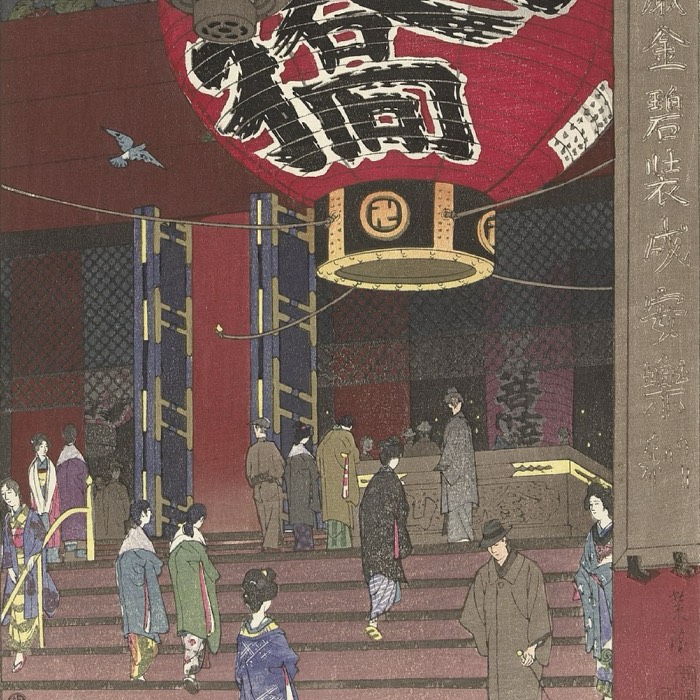
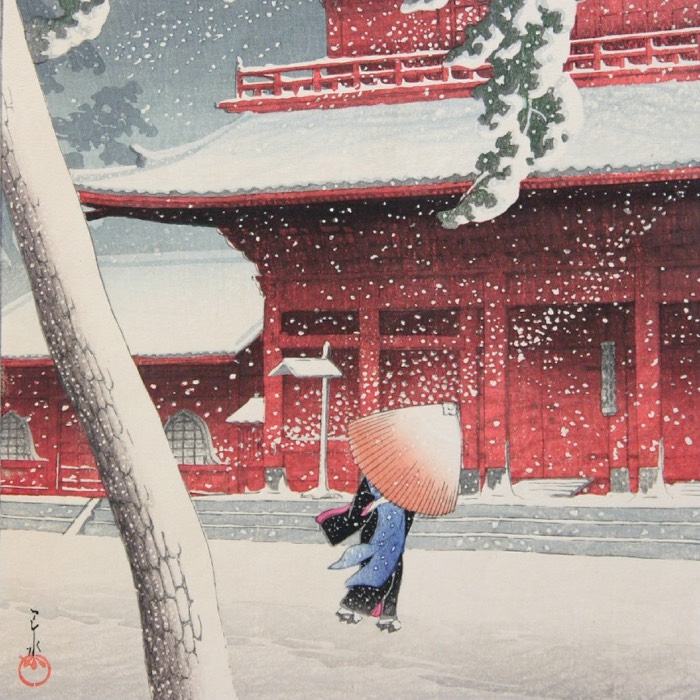

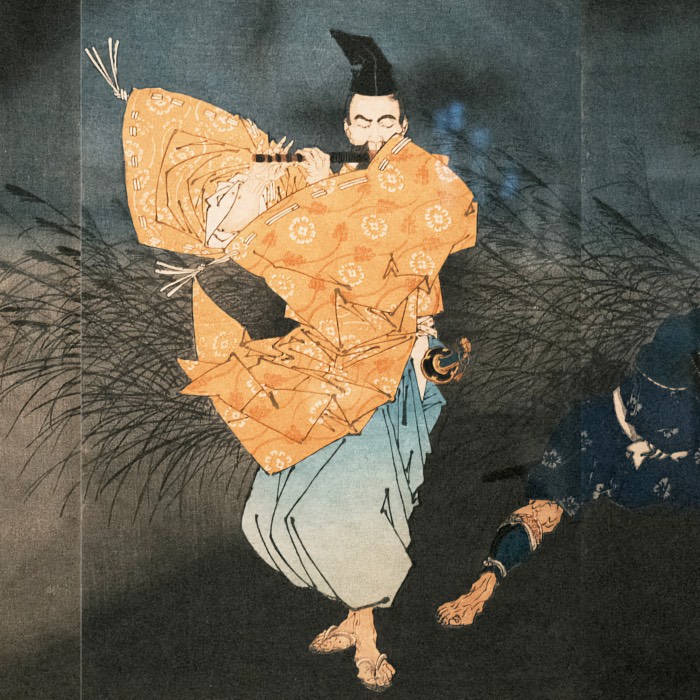
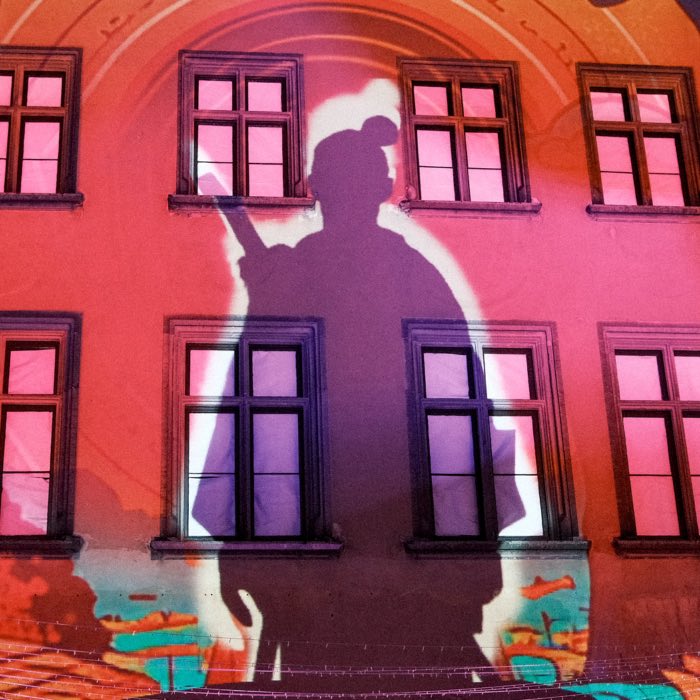
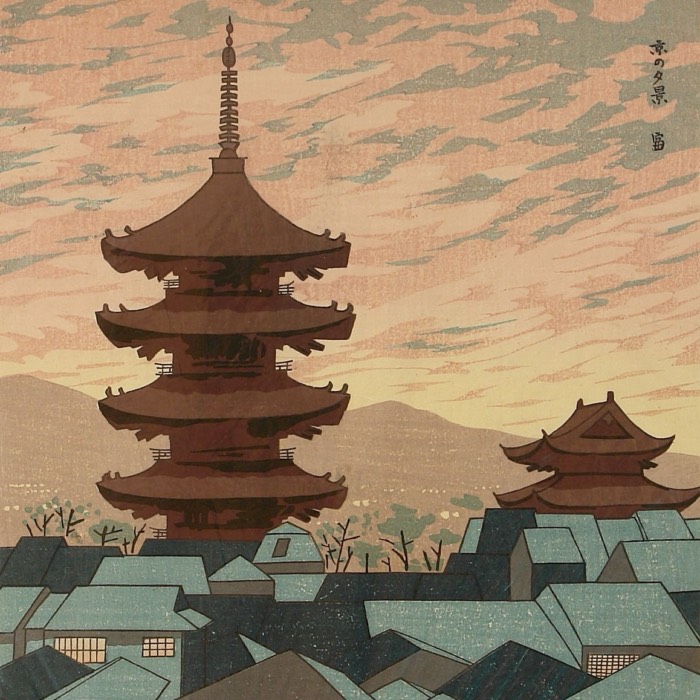
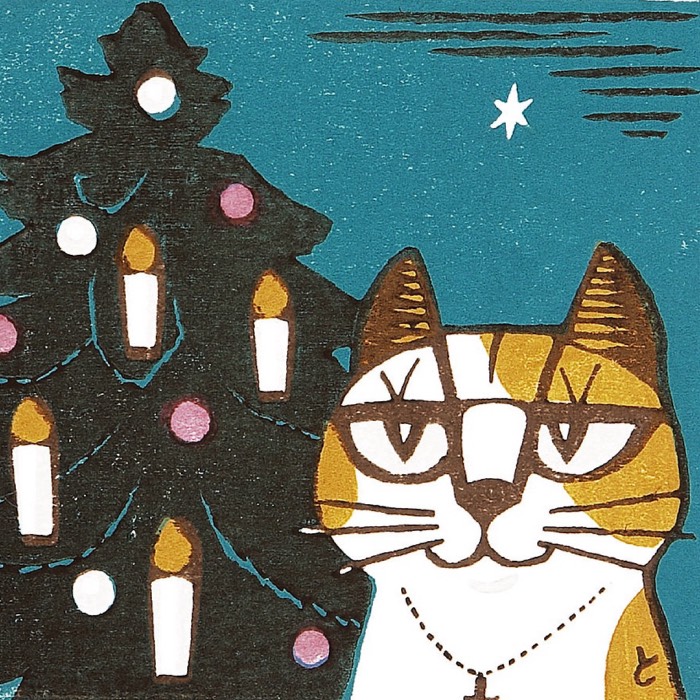
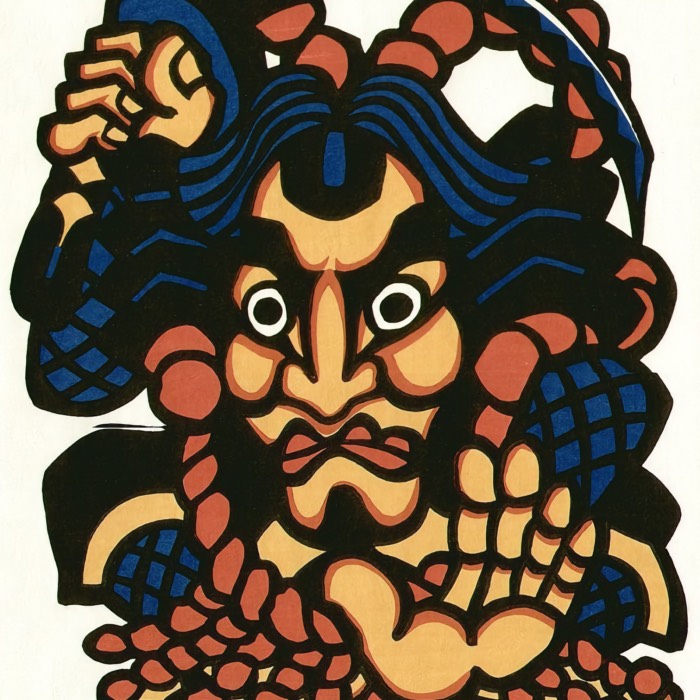
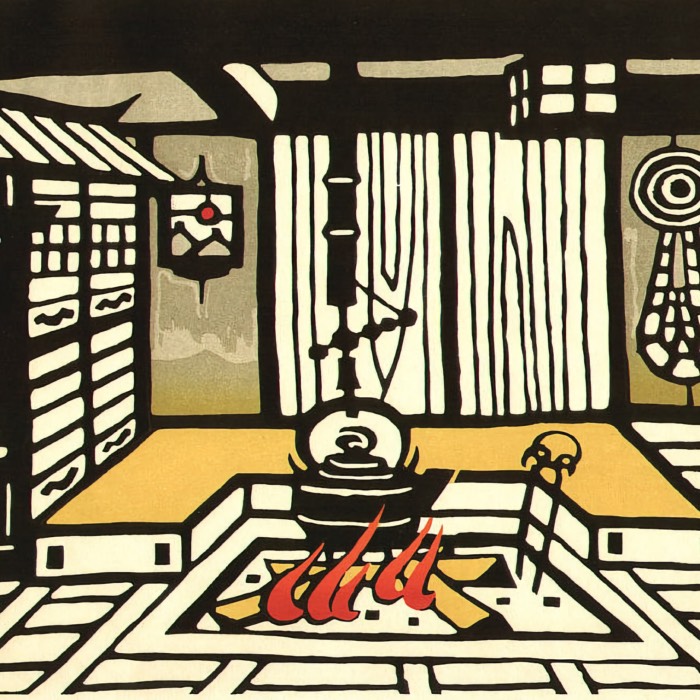
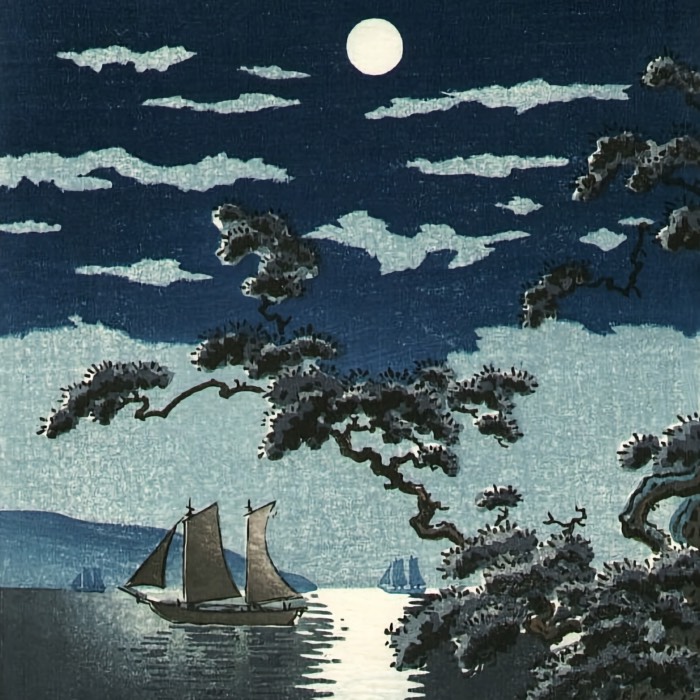
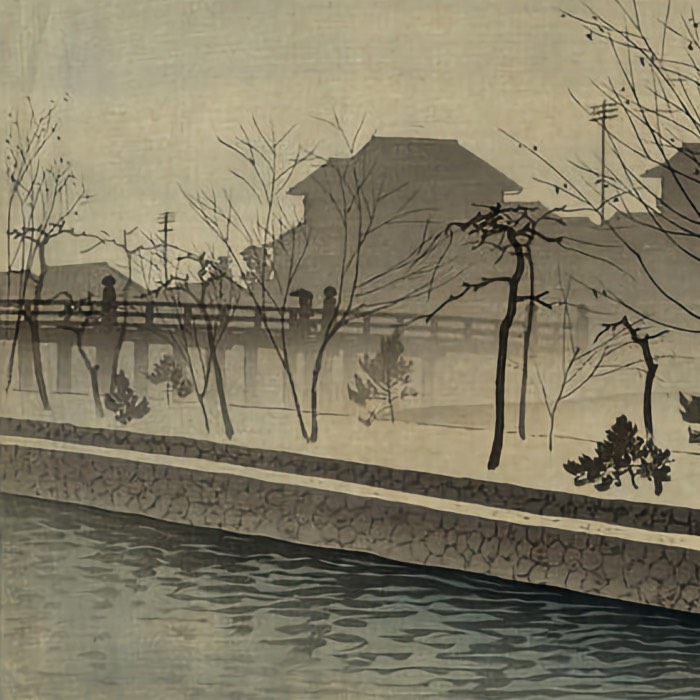
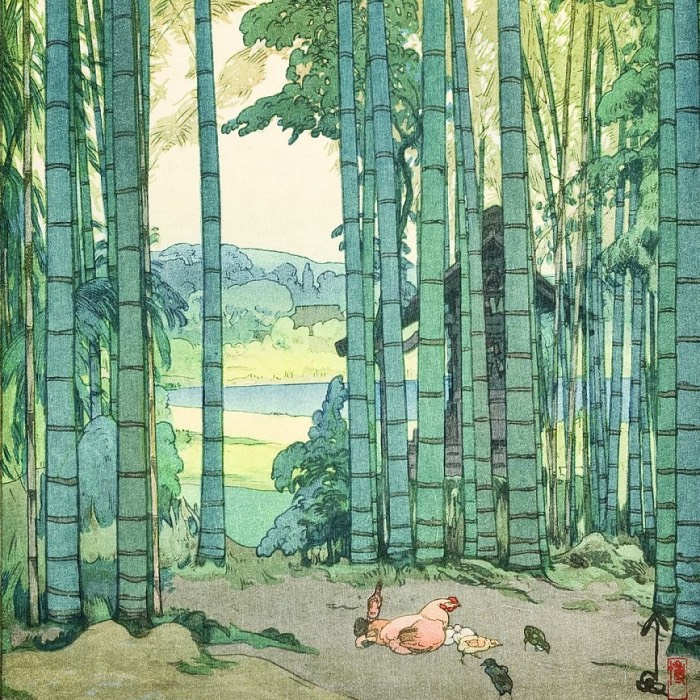
comments